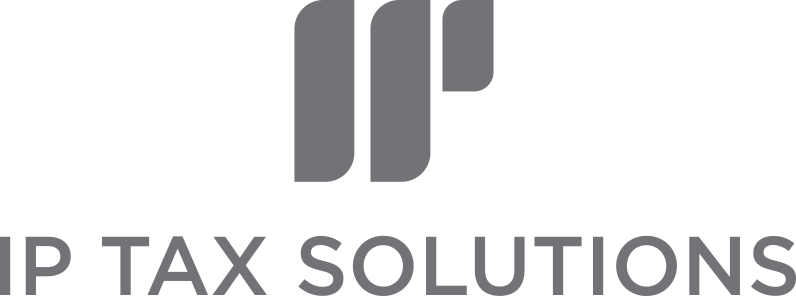There have been two recent Software Development tribunal cases that resulted in two very different outcomes: one decided in favour of the software company (Get Onbord Limited) and the other in favour of HMRC (Tills Plus Limited).
This provides a useful opportunity to compare the two cases to glean valuable insights into what makes a successful R&D tax credit claim for software projects.
Tale of Two Claims: Get Onbord's Success vs. Tills Plus's Failure
Both Get Onbord Limited (GOL) and Tills Plus Limited claimed SME R&D tax credit relief for software development projects. However, the outcomes were starkly different. GOL's appeal was allowed, while Tills Plus's was dismissed.
Let's examine why...?
This content is only available to subscribers
Subscribe now and have access to all our stories, enjoy exclusive content and stay up to date with constant updates.
Sign up nowAlready have an account? Sign in






